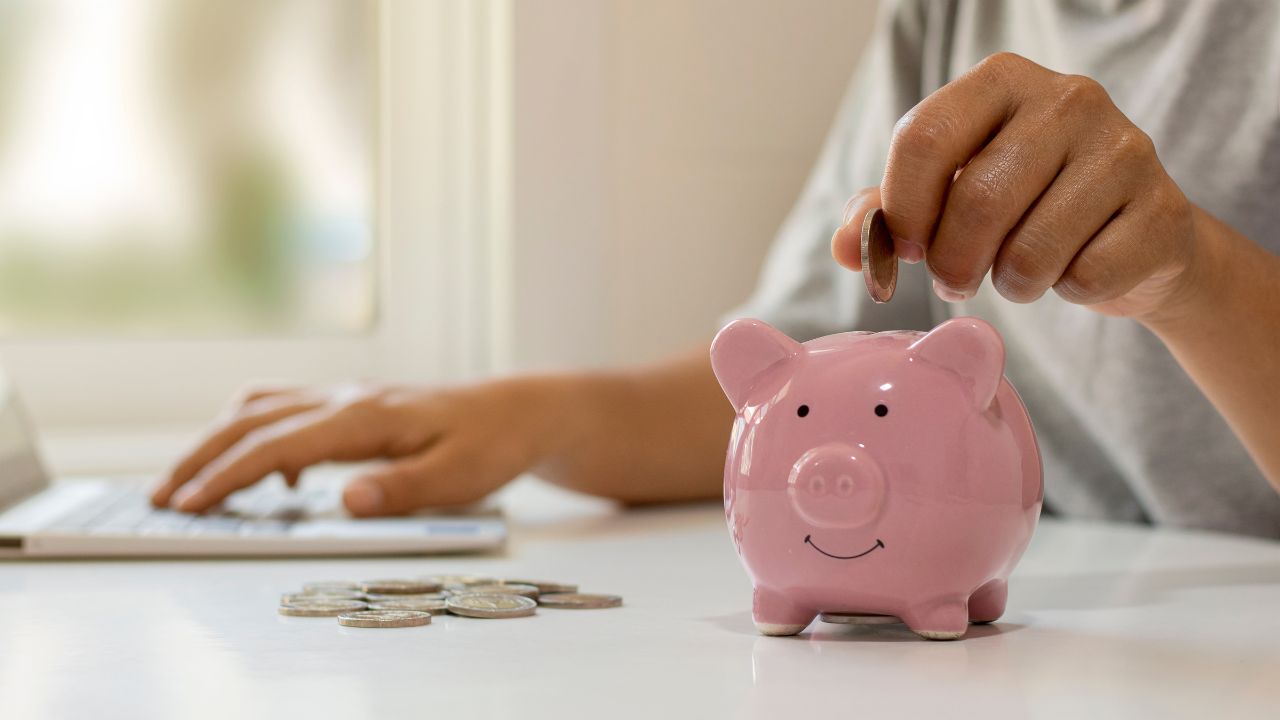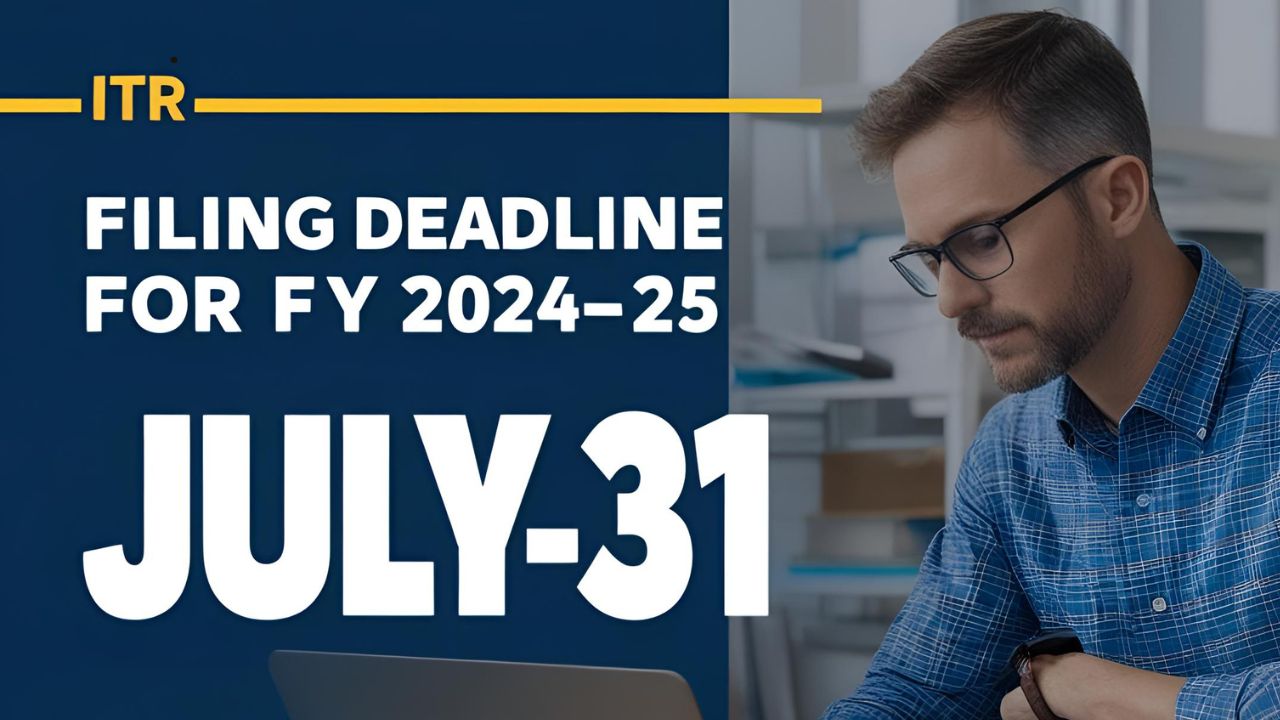Have you ever wondered how to achieve peace of mind knowing you’re set for life’s surprises? An emergency fund has got you covered. For medical expenses, car issues, or even temporary loss of earnings, an emergency fund acts as a financial safety net to give you stability when life throws unsolicited surprises.
Strategically constructing an emergency fund quickly is equally important for new investors, budgeters and young adults. This guide will walk you through actionable strategies and tools to help you establish an emergency fund fast, including the 50/20/30 rule, fund calculators and more.
Keep reading to learn how to begin your emergency savings immediately.
Step 1: Constructing Your Monthly Budget
Understanding how much money you need is the first step to building an emergency fund. Financial experts, including Dave Ramsey, recommend saving three to six months of essential living expenses for a robust emergency fund. Some even suggest the “3-6-9 rule in finance”, which alters the target savings relative to the person’s situation (i.e., single vs family, stable job vs risk).
Here’s how to calculate your expenses in three easy steps:
1. Create a List of Essential Expenses: Aim for the most critical expenses you require every month to maintain your basic lifestyle.
These expenses consist of rent or mortgage payments, utility costs such as electricity and water, groceries, health insurance, minimum requisite payments towards any debts, and transportation expenses, including gas and public transit. In short, these expenses are critical to maintaining life and survival daily.
2. Exclude Non-Essentials: These include all forms of discretionary or non-essential spending, such as eating out, going to the gym, and streaming subscriptions. These are enjoyable; however, they aren’t vital when constructing an emergency fund intended for uncertain financial times.
4. Total It Up: Calculate the total amount of your essential expenses to attain your baseline monthly spending. After reaching this number, multiply it by 3—the bare minimum recommended goal designed to cover 3 months of expenses. Aim for 6 months of expenses or even 9 months for higher security if peace of mind is preferred.
For instance, take an example where your total essential monthly expenses are $2,500 – your emergency fund should range from $7,500 (3 months) to $22,500 (9 months). The purpose of this fund is to provide a sufficient financial cushion to tackle unexpected life challenges such as job loss, a medical emergency, or other life events without having to rely on debt.
Evaluate your comfort level and pick a target that suits your needs.
Pro Tip: An emergency fund calculator can reasonably estimate how much you are aiming for.
Step 2: Build a Budget That Brings Savings
It’s time to target arranging additional resources to build your emergency fund. To achieve your target, free additional funds, and build your emergency fund, you must start by creating a budget. A budget needs to be made first, which outlines the goals you want to spend less on and save money that can be redirected effortlessly. You can also consider the 50/20/30 rule. It is an excellent budgeting method where 50% of your income is spent on necessities, 20% is allocated to savings and retirement accounts, and 30% is spent on entertainment, hobbies, and dining out.
The easiest way to achieve the above budgeting target is to structure your expenses under the 30% discretionary spending segment. At first you…
- Stop bulking up on meals out and start cooking. Not only does this save money, but it tends to be much healthier.
- Stop using subscription services and memberships, and anything you use infrequently. This means streaming platforms and gym memberships every month.
- Curb your overall grocery spending with coupon apps, cash-back tools, or bulk quantities for staple items.
Over time, alterations as simple as the ones mentioned could make a significant difference. For instance, reducing discretionary spending by $100 a month adds $1,200 a year – enough to kick start an emergency fund. Moreover, the results can be attained much quicker if you identify numerous additional savings opportunities.
Also, identifying opportunities to cut back on the 50% allocated to necessities could be an area to explore. Are there any services you currently use that could provide cheaper alternatives? For example, do you pay an exorbitant amount for your utility services or phone plan? Even the most trivial changes to your fixed expenses would go a long way in increasing your savings.
Putting it into perspective, every dollar saved aids in inching closer to achieving financial independence. In contrast, building an emergency fund equips individuals to manage unforeseen expenses without added stress, thereby enhancing peace of mind. Regardless, strive to put money aside, but remain consistent—you will appreciate it in the future.
Lifehack: You can now put your savings on autopilot by linking to a budgeting app such as You Need A Budget (YNAB) or Mint.
Step 3: Set Up Automatic Payments For Savings
Your savings strategy should not be left to chance after outlining areas where savings can be made. Automating your contributions ensures savings are consistent and stress-free.
The following is a step-by-step guide to setting up an automated savings schedule:
1. Open up a dedicated Emergency Fund Account.
The emergency fund should be kept separate from the checking account to minimize the risk of withdrawing funds from the account for things that aren’t emergency-based.
This boundary ensures that you remain disciplined and only tap into the fund for true emergencies, such as unforeseen medical expenses, car repairs, or losing a job. Check for high-yield savings accounts or money market accounts with competitive interest rates. This option allows your savings to grow while remaining readily available when needed.
2. Set Up Automatic Transfers
An emergency fund is best built when the entire process is automated. Schedule automated transfers to the emergency fund account from the primary checking account after every pay date. The simplicity of this method guarantees smooth savings without actively engaging in the process. Even small amounts, for instance, $50 each paycheck, will mean larger contributions over time. Eventually, they would be significant enough to make a substantial difference.
3. Reassess and Adjust
Changing one’s financial situation calls for a reassessment of how the contributions towards the emergency fund are set up. Increased income or decreased expenses should be met with higher savings. On the other hand, a temporarily tighter financial situation may call for a reduced pace of saving until things improve.
Consistency is key. Review your progress to stay motivated and help your emergency fund grow.
Did you know that saving as little as $300 monthly in a high-yield savings account with a 1.5% interest rate can accumulate $3,636 in just 12 months? Imagine how stress-free you’ll feel being financially prepared for life’s surprises! Begin with small amounts, be consistent, and watch your emergency fund grow.
Step 4: Get a Side Hustle to Increase Your Income
If you struggle to reduce expenses or it seems impossible, consider looking for additional income. Having more income is a fantastic way to increase your savings. Getting a second gig or doing freelance work will pay you well and aid you in discovering passions or skills that might interest you, or even a new job or career.
The following suggestions could be beneficial for your newfound needs:
Freelancing: If you have skills in writing, graphic design, web design, or managing social media pages, consider offering these services. Upwork and Fiverr are handy sites that help you get clients easily.
Gig Economy Jobs: If you’d rather work on your compass, register for Uber, DoorDash, and other such sites so that you can get optional work whenever you want it.
Selling Unused Items: An excellent way of making money is by decluttering and creating space in your house by selling unwanted items at Facebook Marketplace, eBay, or Poshmark.
Tutoring or Course Creation: You can teach adults and kids online or create courses for them on Udemy and Teachable, which will make you some money. Moreover, it’s a good way to obtain passive income.
For instance, if you consistently earn an additional $500/month from a side hustle, you can save $6,000 over a year.
That extra money might help you pay off debt, build an emergency fund, or reach your financial goals sooner. There are numerous options when it comes to utilizing additional income streams!
Pro Tip: If you already have a 9-5 job, focus on jobs with flexible schedules.
Step 5: Track Progress and Stay Motivated
Tracking your milestones can go a long way toward keeping you motivated.
Here’s how you can stay on course:
Stay Accountable
Tackle your savings targets one at a time and reward yourself upon completing each milestone to stay motivated. If your target for the year is $12,000, plan to set aside $1,000 monthly. You can still build a sense of economic achievement with each milestone.
Enjoy Rewards
Treat yourself to something when you achieve the benchmarks you set out to achieve. Treats don’t have to be extravagant. They can be small yet meaningful, such as a coffee from your favorite café, a movie night, or a small snack. Remembering these moments while still feeling incentivized to keep saving provides a balanced approach to motivation.
Visual Triumphs
Tracking your milestones visually goes a long way toward keeping you motivated.
With savings charts, apps, or even simple spreadsheets, tracking your total savings becomes effortless. The satisfaction from watching a bar graph get filled or receiving notifications from savings apps fills you with motivation for progress. Working towards making goals tangible helps focus the effort on the desired result.
Motivation Tip: Remember how nice having a fully funded emergency fund will feel.
How an Emergency Fund Changes Everything
Building an emergency fund does not just provide emergency financial security; it alters your mindset entirely. The knowledge of having a safety net translates to fewer sleepless nights and far greater freedom to pursue deeply personal and financial objectives.
Here’s how to supercharge the pace of reaching your goal:
- Use the 3-6-9 rule to evaluate essential expenses as your starting point.
- Budget using the 50/20/30 rule to find potential savings.
- Set up automatic contributions to UIAs to make consistent deposits.
- Ramp up your earnings with a side hustle to hit your target faster.
- Reward yourself after hitting milestones to remain motivated.
Emergency funds are crucial for future stability and overall well-being, so starting today allows you to take control of your financial safety.
You may read this: How to Get Cash from Your Home Without Refinancing Your Mortgage















